

CarExpert.com.au
The CarExpert team's favourite cars of 2025
8 Hours Ago
The local launch of the 2022 Mercedes-Benz C-Class has been delayed to an unknown date due to semiconductor shortages.

Contributor


Contributor
Mercedes-Benz has been forced to delay the Australian launch of its W206-generation C-Class due to global semiconductor shortages.
Initially slated for a launch in the fourth quarter of 2021, a Mercedes-Benz spokesperson confirmed the local division has had to push this back because it can’t get enough stock to facilitate a launch.
At this stage there’s no confirmed date or timeframe for this local launch.
The spokesperson said the company hopes for a launch in the new year. CarExpert understands this would be in the first quarter of 2022, contingent on supply.
MORE: Staggering impact of semiconductor shortage on car industry revealed
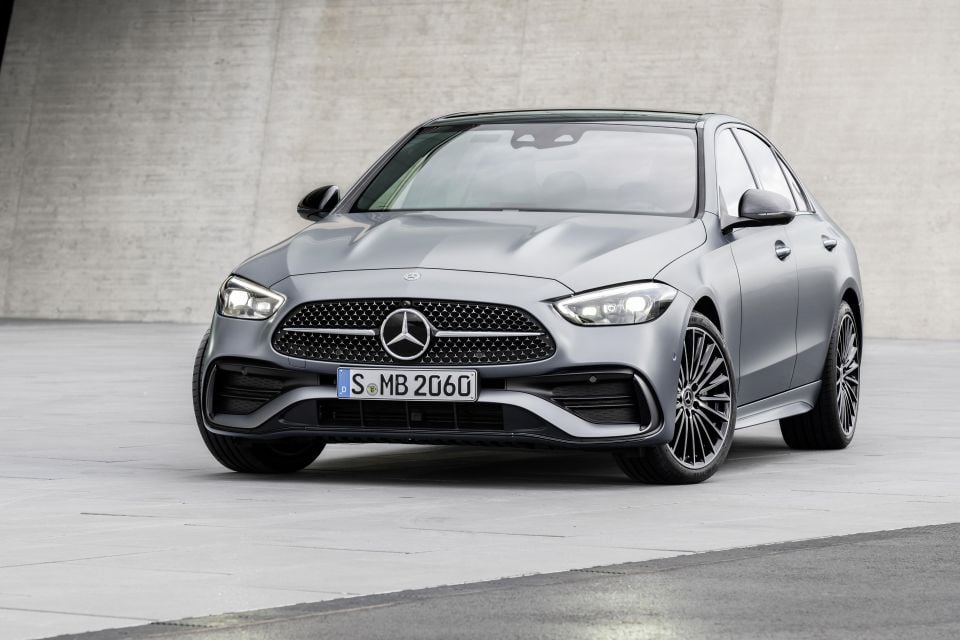
Industry research firm IHS Markit doesn’t expect semiconductor supply to get where it needs to be to meet demand until 2023, which could further wreak havoc on supply for automakers.
Official documents filed with the Australian Government have confirmed the engine, transmission and dimension details, among others, of the two C-Class sedan variants that’ll be available at launch.
Mercedes-Benz has ruled out the redesigned Estate and its higher-riding All-Terrain sibling, while the current coupe and convertible are expected to stick around until the launch of a new two-door line, reportedly set to wear the CLE nameplate.
The sedan range will open with the C200, which uses a 1.5-litre turbocharged inline-four-cylinder petrol engine mated to a 48V mild-hybrid system that produces 150kW of power at 5800rpm.
Though these government documents don’t list a torque figure, the C200 has previously been confirmed to produce 300Nm of torque.
MORE: Mercedes-Benz C-Class All-Terrain and Estate ruled out for Australia MORE: 2022 Mercedes-Benz CLE convertible spied
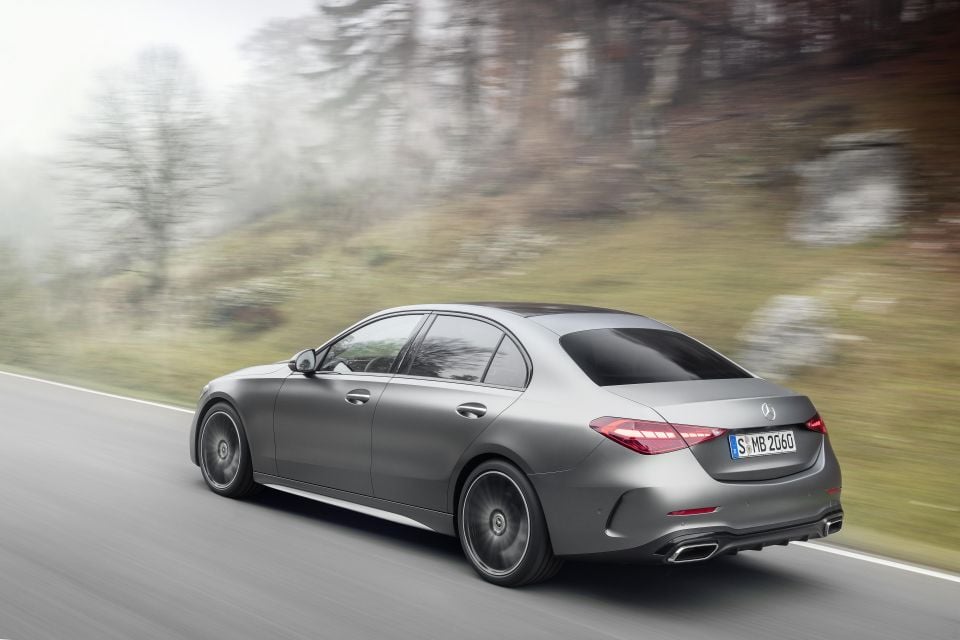
The C300 uses a 2.0-litre turbocharged inline-four-cylinder petrol engine also mated to a 48V mild-hybrid system. This engine produces 190kW of power, also at 5800rpm, as well as 400Nm of torque.
Both of these powertrains will put their power through a nine-speed automatic transmission.
Due to the mild-hybrid system, both engines are capable of providing a quick boost of 15kW and 200Nm.
While both models are available in other markets with Mercedes-Benz’s 4MATIC all-wheel drive system, we expect the C200 and C300 to be rear-wheel drive-only in Australia.
Not mentioned in the filing is the plug-in hybrid C300e, which boasts an electric-only range of 100km.
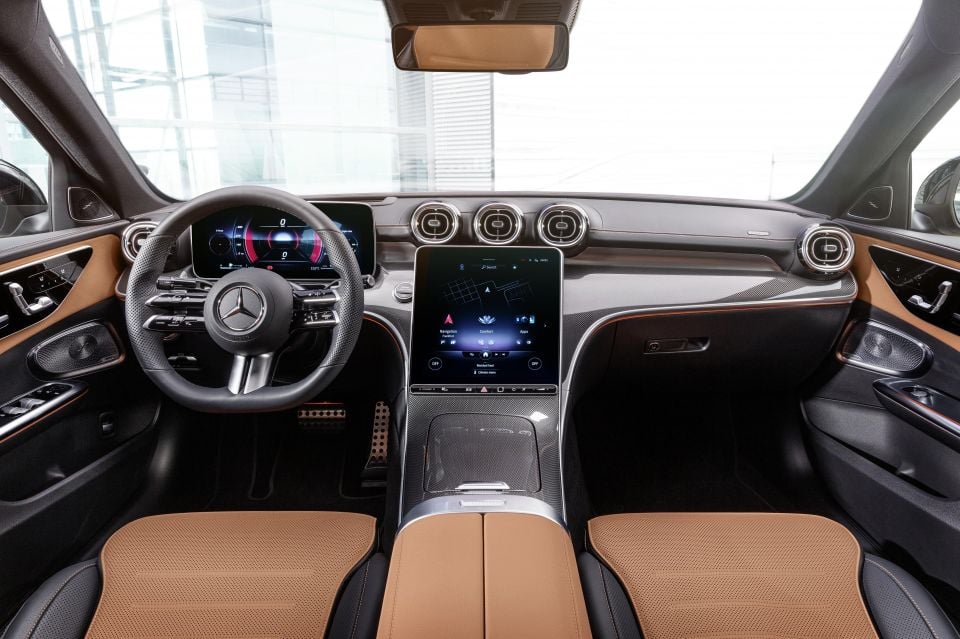
According to the filing, the C200 will come standard with 18-inch alloy wheels while the C300 will come standard with 19-inch alloys.
Both C200 and C300 variants will have an a maximum braked towing capacity of 1800kg, with a maximum unbraked towing capacity of 750kg.
The new C-Class measures in at 4755mm long, 1820mm wide and 1450mm tall on a 2865mm wheelbase. The government filing notes the C300 has a 5mm lower ground clearance than the C200 at 145mm.
The larger footprint can be felt in the cabin, with Mercedes-Benz claiming rear legroom has been increased by 21mm, rear elbow room by 15mm, and rear shoulder room by 13mm.
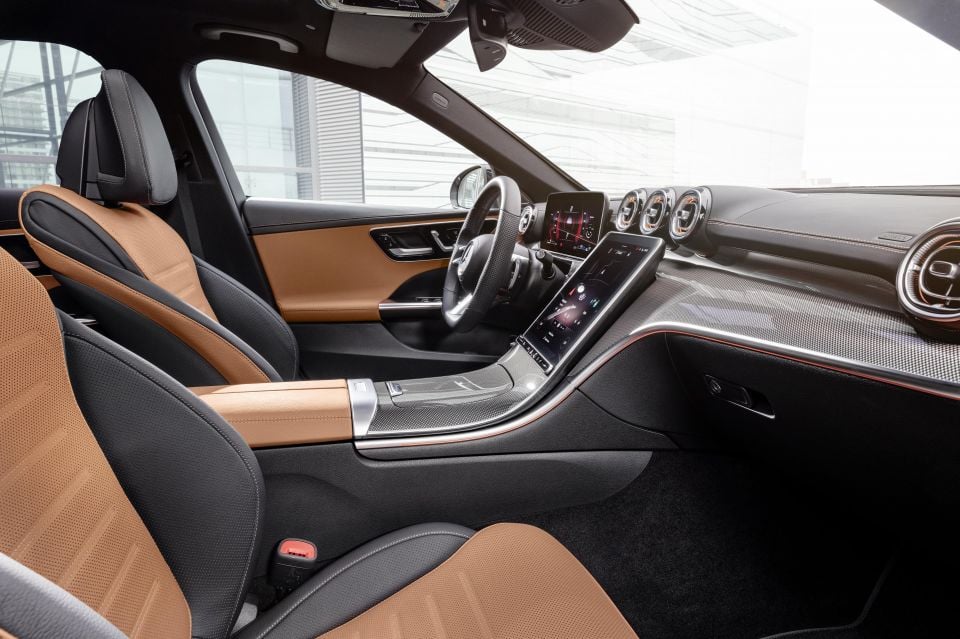
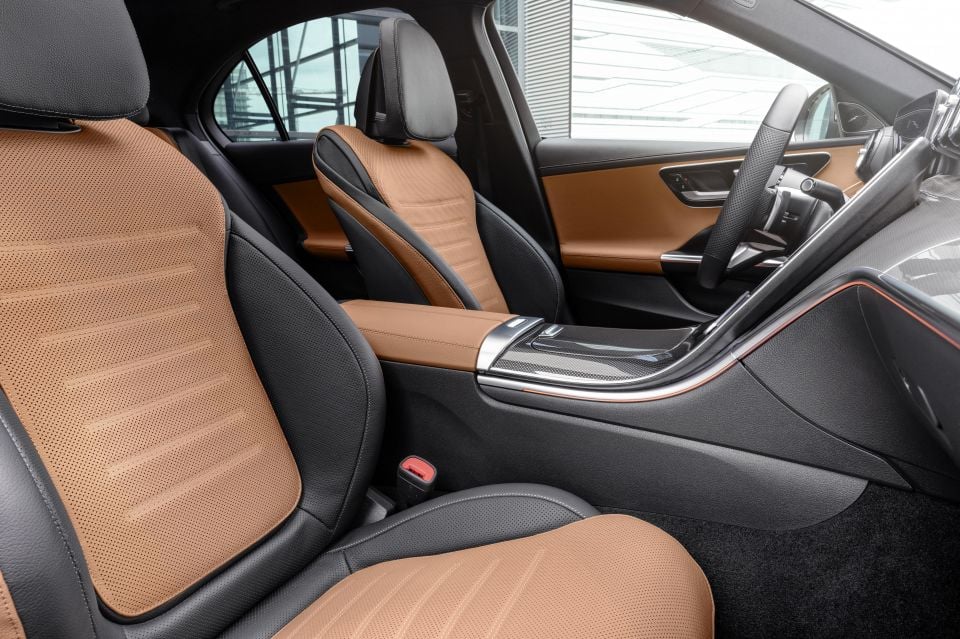
Up front, elbow room has been increased by 22mm and shoulder room by 26mm.
Luggage space is unchanged for the sedan at 455L (VDA).
The interior is heavily inspired by the S-Class and offers a choice of 10.25-inch and 12.3-inch digital instrument clusters and 9.5-inch and 11.9-inch touchscreens for the infotainment system.
The touchscreen is tilted towards the driver by six degrees and runs the second generation of MBUX, which debuted in the new S-Class.
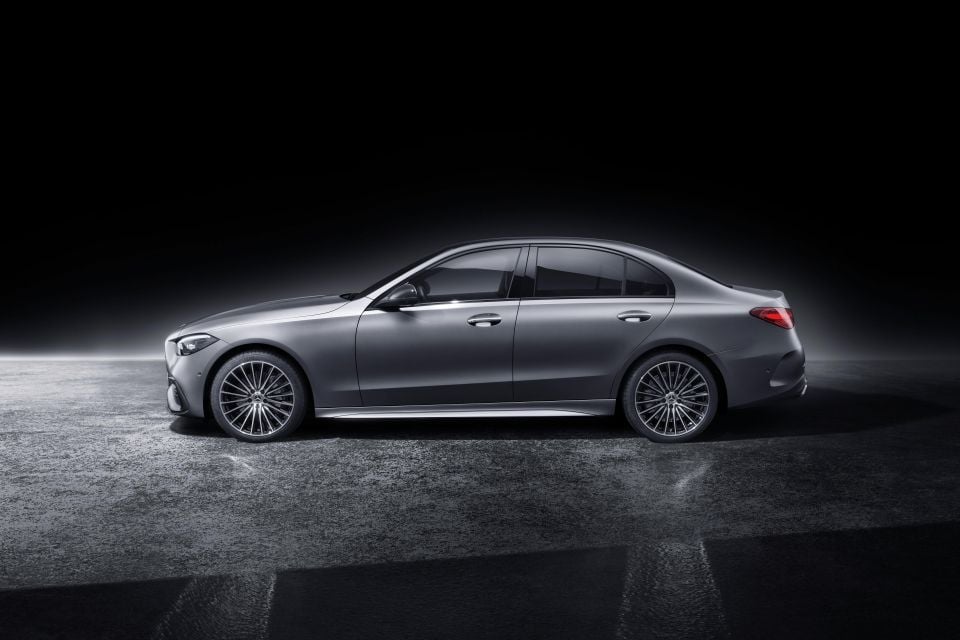
It supports over-the-air updates and features a fingerprint scanner for unlocking.
While local specifications and options have yet to be confirmed, we know European-market models will offer the option of an augmented video mode that displays, for example, directional arrows on a camera projection in the touchscreen, plus a colour head-up display, massaging front seats, heated rear seats, adaptive damping, and rear-axle steering.
Another option is Mercedes-Benz’s novel Digital Light system, first seen on the redesigned S-Class.

As in the flagship Benz, it will deploy guide lines on the road in road work zones, warning symbols on the road when you’re driving the wrong way down a one-way street, and can illuminate pedestrians with a spotlight function.
Once the segment’s best-seller, the C-Class has fallen behind the BMW 3 Series in sales as Mercedes-Benz gets ready to introduce the new model.
To the end of November 2021, 2766 C-Class models have been sold (excluding two-door variants) against 3674 3 Series models. Both cars are far ahead of anything else in the segment, however.
Where expert car reviews meet expert car buying – CarExpert gives you trusted advice, personalised service and real savings on your next new car.
Jack Quick is an automotive journalist based in Melbourne. Jack studied journalism and photography at Deakin University in Burwood, and previously represented the university in dance nationally. In his spare time, he loves to pump Charli XCX and play a bit of Grand Theft Auto. He’s also the proud owner of a blue, manual 2020 Suzuki Jimny.


CarExpert.com.au
8 Hours Ago


Damion Smy
2 Days Ago


Derek Fung
4 Days Ago


Damion Smy
5 Days Ago
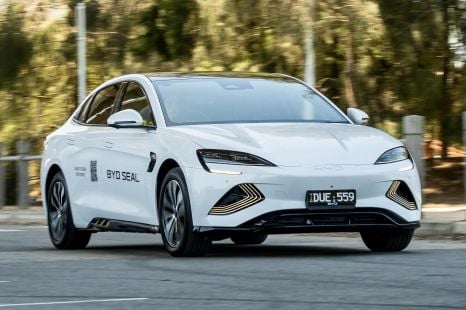

Max Davies
10 Days Ago
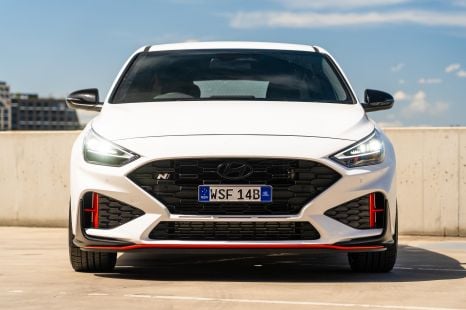

William Stopford
16 Days Ago